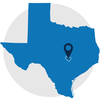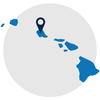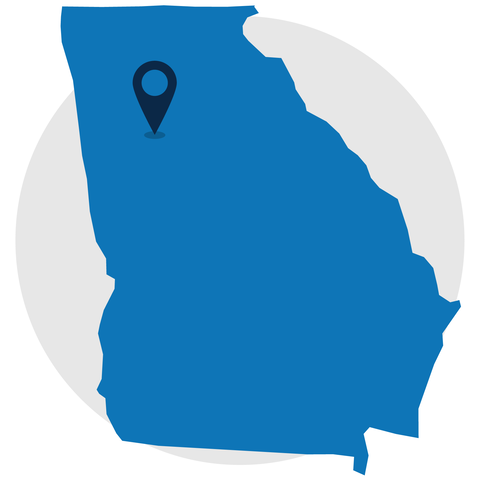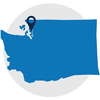Many people found themselves underemployed or unemployed during the pandemic. For example, in April, 2020, unemployment was 14.7%, impacting 23 million people. To address these issues, many state and local governments used funding from the State and Local Fiscal Recovery Fund (SLFRF) to create or expand programs that provide job training and connect people to potential job opportunities.
Colorado
Program: The Reskilling, Upskilling, and Next-skilling (RUN) Workers program received $25 million to support rural organizations that provide job training for people who are unemployed or underemployed.
Program: The Workforce Innovation and Opportunity Act received $35 million to provide grants to local workforce development boards A network of state and local offices that help develop work skills for underemployed or unemployed talent. .
Total SLFRF funding for Colorado: $3.8 billion
Total program costs: $60 million
Massachusetts
The state is tapping into the SLFRF to support existing workforce development programs that provide education and training, and teach new skills to people experiencing unemployment. The money will be used to train 15,000 people who lost their jobs, were furloughed, or had their hours reduced, with a focus on women, people of color, and entry-level and minimum wage workers with a high school diploma or less.
Total SLFRF funding to Massachusetts: $5.3 billion
Total program cost: $50 million
For more information, view Massachusetts’ 2021 Recovery Plan.
Travis County, Texas
Program: The Workforce Development Task Force program helps people transition into stable careers in high-growth industries, such as healthcare and information technology. During the training period, people will receive cash stipends, scholarships for childcare, housing support, and subsidized employment.
Total SLFRF funding to Travis County: $247.5 million
Total program cost: $6.8 million
For more information, view Travis County’s 2021 Recovery Plan.
The City & County of Honolulu, Hawaii
Program: The Oahu Back to Work program provided workers with free job training through the University of Hawaii’s community colleges. Nearly 3,000 people participated in business and technology, healthcare, and human services classes in Fall 2020 and Fall 2021.
Total SLFRF funding to the city and county of Honolulu: $386 million
Total program cost: $2 million
For more information, view Honolulu’s 2021 Recovery Plan.
Atlanta, Georgia
The city is using SLFRF money to fund two programs led by Invest Atlanta and WorkSource Atlanta that will support people disproportionately impacted by the pandemic.
Program: The Regional Partnership for Upskilling in Key Growth Industries program will receive $2 million to provide training and help workers transition to high-growth industries.
Program: The Hiring and Jobs Program for Vulnerable Populations will receive $2.7 million to support the hiring of vulnerable populations, including people experiencing homelessness and reentry populations People who have been incarcerated and are now reentering society and the workforce. .
Total SLFRF funding to Atlanta: $170.9 million
Total program cost: $4.7 million
Seattle, Washington
Program: The Downtown Workforce Development program contracts with service providers to help people of color and at-risk individuals find and qualify for hospitality jobs in the city’s downtown area. The program also supports hospitality workers who want to find new careers in other industries like healthcare and IT.
Total SLFRF funding to Seattle: $232.3 million
Total program cost: $400,000
Learn More.
- Visit our SLFRF Interactive dashboard to see all the State and Local Fiscal Recovery Fund data.







